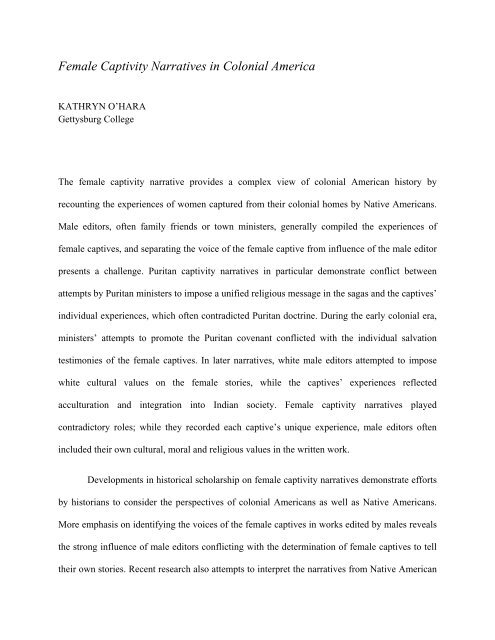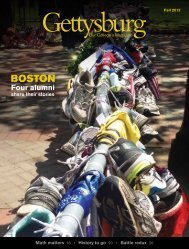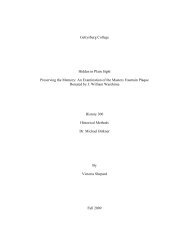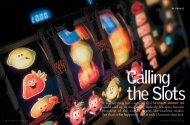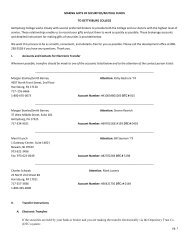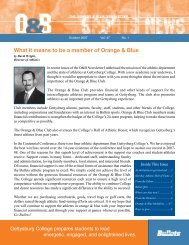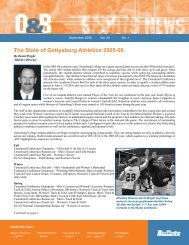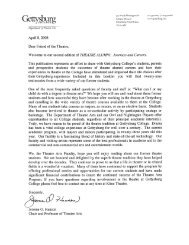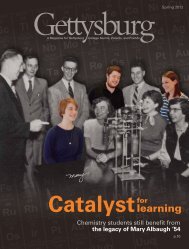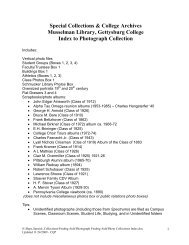Sweet Tooth for Empire: Sugar and the British Atlantic World
Sweet Tooth for Empire: Sugar and the British Atlantic World
Sweet Tooth for Empire: Sugar and the British Atlantic World
Create successful ePaper yourself
Turn your PDF publications into a flip-book with our unique Google optimized e-Paper software.
Female Captivity Narratives in Colonial America<br />
KATHRYN O’HARA<br />
Gettysburg College<br />
The female captivity narrative provides a complex view of colonial American history by<br />
recounting <strong>the</strong> experiences of women captured from <strong>the</strong>ir colonial homes by Native Americans.<br />
Male editors, often family friends or town ministers, generally compiled <strong>the</strong> experiences of<br />
female captives, <strong>and</strong> separating <strong>the</strong> voice of <strong>the</strong> female captive from influence of <strong>the</strong> male editor<br />
presents a challenge. Puritan captivity narratives in particular demonstrate conflict between<br />
attempts by Puritan ministers to impose a unified religious message in <strong>the</strong> sagas <strong>and</strong> <strong>the</strong> captives’<br />
individual experiences, which often contradicted Puritan doctrine. During <strong>the</strong> early colonial era,<br />
ministers’ attempts to promote <strong>the</strong> Puritan covenant conflicted with <strong>the</strong> individual salvation<br />
testimonies of <strong>the</strong> female captives. In later narratives, white male editors attempted to impose<br />
white cultural values on <strong>the</strong> female stories, while <strong>the</strong> captives’ experiences reflected<br />
acculturation <strong>and</strong> integration into Indian society. Female captivity narratives played<br />
contradictory roles; while <strong>the</strong>y recorded each captive’s unique experience, male editors often<br />
included <strong>the</strong>ir own cultural, moral <strong>and</strong> religious values in <strong>the</strong> written work.<br />
Developments in historical scholarship on female captivity narratives demonstrate ef<strong>for</strong>ts<br />
by historians to consider <strong>the</strong> perspectives of colonial Americans as well as Native Americans.<br />
More emphasis on identifying <strong>the</strong> voices of <strong>the</strong> female captives in works edited by males reveals<br />
<strong>the</strong> strong influence of male editors conflicting with <strong>the</strong> determination of female captives to tell<br />
<strong>the</strong>ir own stories. Recent research also attempts to interpret <strong>the</strong> narratives from Native American


